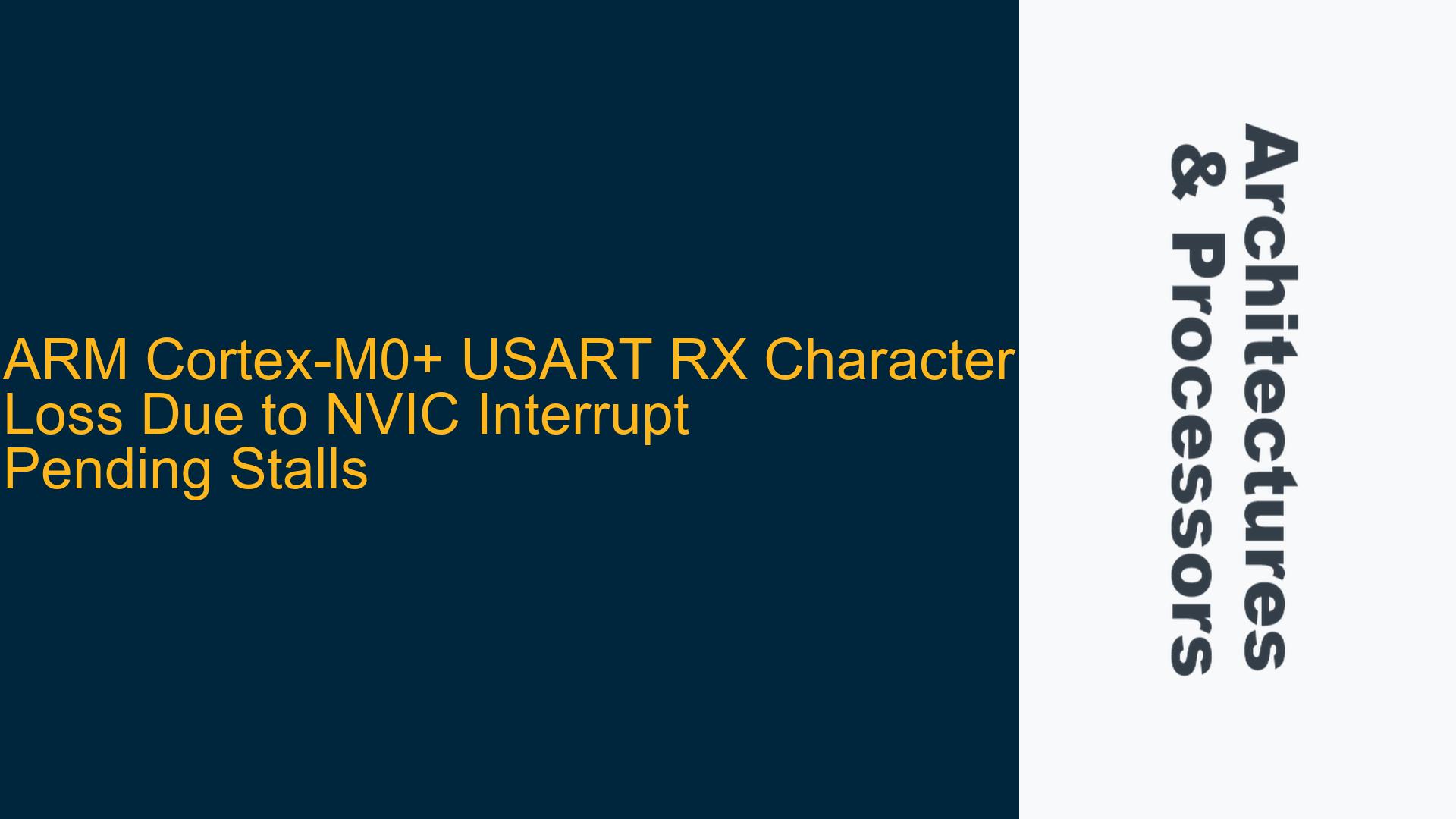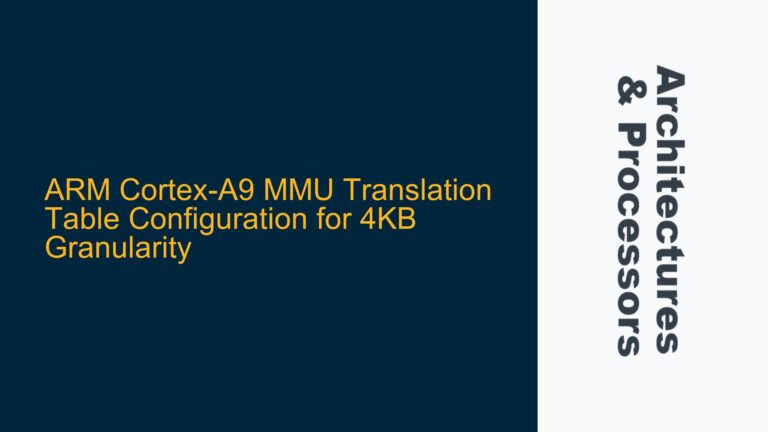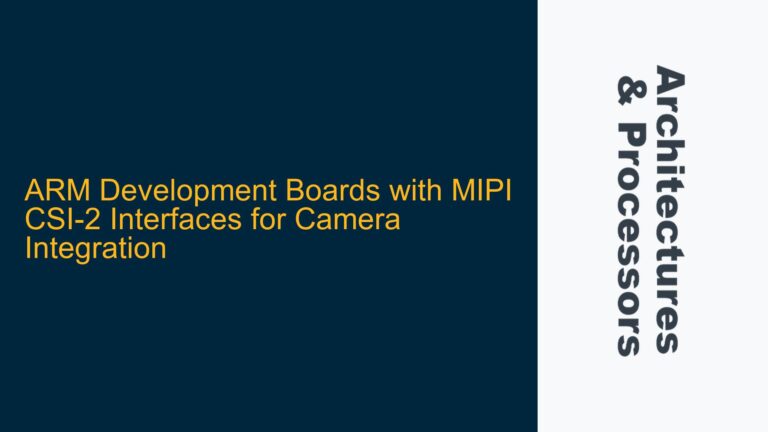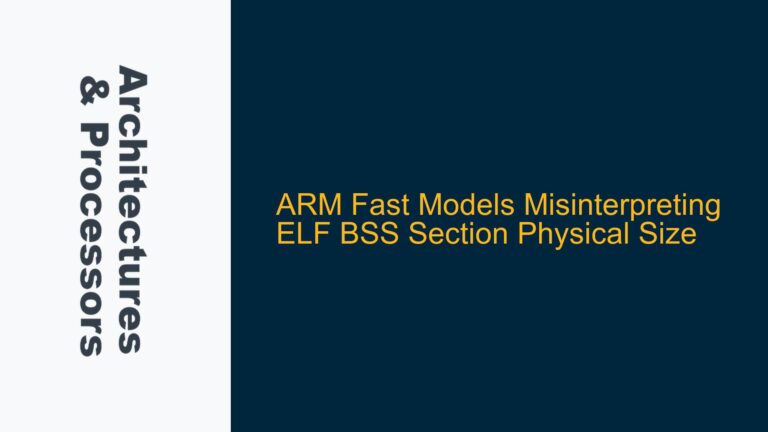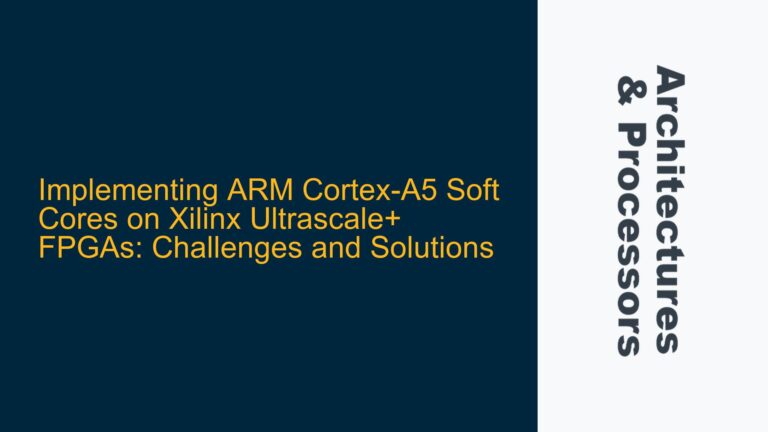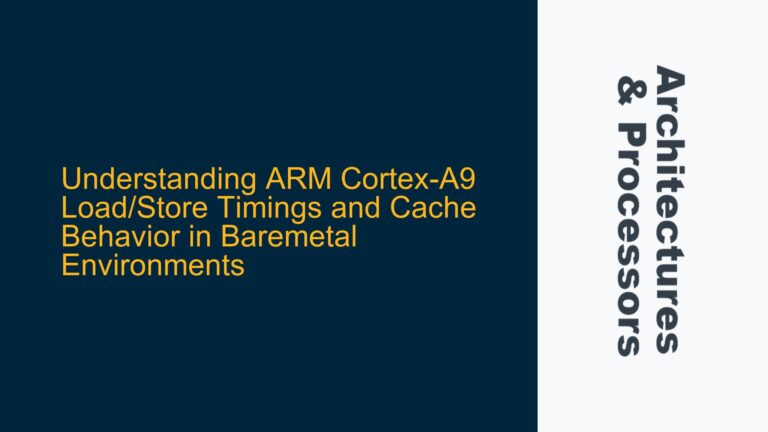ARM Cortex-M0+ USART RX Character Loss and Interrupt Pending Anomalies
The issue at hand involves the loss of UART RX characters on an STM32L071 microcontroller, which utilizes the ARM Cortex-M0+ core. The problem manifests when using the HAL_UART_ReceiveIT function to queue a single character buffer, which is then re-queued from the HAL_UART_RxCpltCallback function. The received character is stored in a software FIFO, and the main loop reads from this FIFO to echo the character back. The TX path employs DMA for high-volume debug output. Despite this setup, pasting a line to the terminal on UART5 (with echoing back) results in the loss of a few characters. A workaround involves checking the RXNE (Receive Data Register Not Empty) bit and manually setting the interrupt pending bit in the NVIC (Nested Vectored Interrupt Controller) if RXNE is already set. This workaround suggests that the NVIC or USART may be holding pending requests in a stuck state, leading to missed interrupts and character loss.
NVIC Interrupt Pending Stalls and RXNE Bit Persistence
The core of the problem lies in the interaction between the NVIC and the USART peripheral, specifically the handling of interrupt pending requests and the RXNE bit. The Cortex-M0+ NVIC is designed to handle both level-sensitive and pulse-sensitive (edge-triggered) interrupts. However, the observed behavior indicates that pending interrupts and the RXNE bit can persist even when interrupts are enabled, which should theoretically cause an immediate interrupt to clear them. This persistence suggests a potential flaw in the NVIC’s handling of interrupt requests, particularly in scenarios where the interrupt source is rapidly toggling or where the interrupt service routine (ISR) is not able to clear the interrupt condition quickly enough.
The issue is further complicated by the use of DMA for TX operations, which may introduce additional latency or contention in the system. The DMA controller and the CPU compete for access to the memory and peripherals, potentially delaying the servicing of USART interrupts. This delay can lead to a situation where the RXNE bit remains set, and the corresponding interrupt remains pending, even though the system is ostensibly running with interrupts enabled.
Diagnosing and Resolving NVIC and USART Interrupt Handling Issues
To address the issue of lost UART RX characters and persistent interrupt pending states, a systematic approach to diagnosing and resolving the problem is required. The following steps outline a comprehensive strategy for identifying the root cause and implementing effective solutions:
Step 1: Verify Interrupt Configuration and Priority Settings
The first step is to ensure that the NVIC and USART interrupts are correctly configured and prioritized. This involves checking the interrupt priority levels assigned to the USART and DMA interrupts to ensure that they are appropriately balanced. Lower priority interrupts may be preempted by higher priority ones, leading to delayed servicing of USART interrupts. Additionally, verify that the USART interrupt enable bits (e.g., RXNEIE) are correctly set in the USART control registers.
Step 2: Analyze Interrupt Latency and ISR Execution Time
Interrupt latency and ISR execution time are critical factors in ensuring that interrupts are serviced promptly. Use a logic analyzer or debugger to measure the time between the assertion of an interrupt and the start of the ISR. Additionally, profile the ISR to determine its execution time and identify any potential bottlenecks. If the ISR is too long or involves complex operations, consider optimizing the ISR code or offloading some tasks to the main loop or a lower-priority interrupt.
Step 3: Implement Data Synchronization Barriers and Cache Management
In systems with DMA, data synchronization barriers (DSB) and cache management instructions may be necessary to ensure that the CPU and DMA controller have a consistent view of memory. Use DSB instructions to enforce memory access ordering and ensure that the DMA controller’s view of the USART data register is up-to-date. Additionally, if the system uses a cache, ensure that the cache is properly invalidated or flushed before accessing USART data to prevent stale data from being read.
Step 4: Monitor and Clear Pending Interrupts Manually
As a temporary workaround, implement a mechanism to monitor and clear pending interrupts manually. This can be done by periodically checking the NVIC pending register and the USART status registers (e.g., ISR) in the main loop. If a pending interrupt is detected, manually clear it and re-enable the interrupt. This approach can help mitigate the issue while a more permanent solution is developed.
Step 5: Investigate Hardware Errata and Firmware Updates
Consult the STM32L071 errata sheet and the ARM Cortex-M0+ technical reference manual for any known issues related to NVIC interrupt handling or USART operation. If a hardware bug is identified, consider implementing a software workaround or updating the firmware to a version that addresses the issue. Additionally, check for any updates to the HAL library or device drivers that may improve USART and NVIC interaction.
Step 6: Optimize DMA and USART Configuration
Review the DMA and USART configuration to ensure optimal performance. This includes setting appropriate DMA buffer sizes, adjusting DMA priority levels, and configuring the USART baud rate and data frame format. Ensure that the DMA controller is not overwhelming the system with high-frequency transfers, which could lead to contention and delayed interrupt servicing.
Step 7: Conduct Stress Testing and Long-Term Monitoring
Finally, conduct stress testing to validate the effectiveness of the implemented solutions. Use high-volume data transfers and varying baud rates to simulate real-world conditions. Monitor the system for any signs of character loss or interrupt pending stalls over an extended period. If the issue persists, consider further optimization or alternative approaches, such as using a different UART peripheral or implementing a custom interrupt handler.
By following these steps, the issue of lost UART RX characters and persistent interrupt pending states can be systematically diagnosed and resolved. The key is to carefully analyze the interaction between the NVIC, USART, and DMA components, and to implement targeted optimizations and workarounds to ensure reliable operation.
